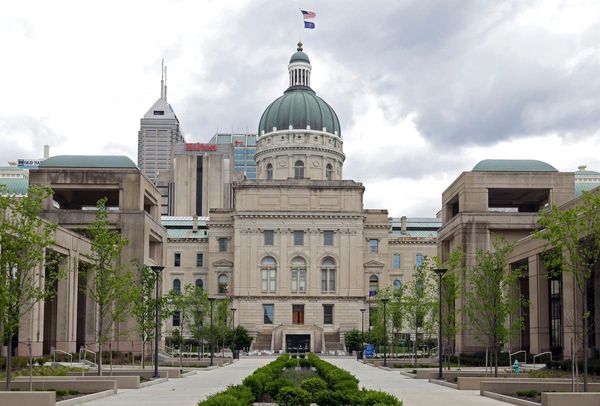Machine learning-supported debt collection in New South Wales was defective for several years after changes were made to a previously unlawful version of the system, according to the state’s ombudsman.
The latest report from the NSW Ombudsman, which has been scrutinising the state government’s garnishee order (GO) system since 2016, found that Revenue NSW had engaged in maladministration until March 2022.
It described using the system to recover debts under the State Debt Recovery Act between March 2019 and March 2020 — when it ceased doing so — and the Fines Act between March 2019 and March 2022 as ‘wrong’ .
GOs enable Revenue NSW to directly withdraw funds from a bank account to recover unpaid fines or state debt.
In January 2016, the GO system began as an automated end-to-end garnishee process — later deemed to be unlawful in design until 2019 — but has since had additional layers of oversight added.
The scheme has been suspended since May 2023 following new legal advice that it did not comply with the Fines Act.
However, the ombudsman on Tuesday said it backs the reliability of advice from the Solicitor General, received by Revenue NSW in August 2023, that the system has been compliant since May 2022.

The ombudsman found that despite the March 2019 introduction of a ‘human-on-top’, responsible for approving the output of the automated process, the “system was defective”.
Under the ‘human-on-top’ system, a delegated officer is presented with a Check Summary Report highlighting all the garnishee cases that had been identified by the automated system on a particular day before they are sent to financial institutions.
Since September 2018, a machine learning algorithm has introduced identified and excluded ‘vulnerable’ persons from the automated garnishee process.
Cases that meet the criteria are highlighted by a ‘green traffic light’ whereas those that do not would be highlighted by a ‘red traffic light’ for review.
“Even if it is possible that lawful decisions were being made, the GO system did not provide decision-makers with a clear and complete basis for those decisions, and did not clearly and fully record those decisions and evidence the decision-making process,” the report reads.
This is despite changes to increase the amount of information included in the Check Summary Reports between March 2019 and March 2022.
The ombudsman backed the opinion of the Solicitor General’s office that the version of the system from May 2022 has been compliant with the Fines Act.
However, that decision still “identified a risk (albeit considered to be low) that a particular decision made under the GO system may be unlawful” if the Check Summary Report is not “amended to make clear that any fines that are subject to pending ‘write offs’ are excluded from the GO process”.
The report recommended a clarifying amendment to the garnishee exclusions made in the Check Summary Report.
The ombudsman also recommends that Revenue NSW ensure that “any relevant individual submissions by fine defaulters or their representatives” are properly recorded, either for manual processing or to be flagged in the Check Summary Report.







